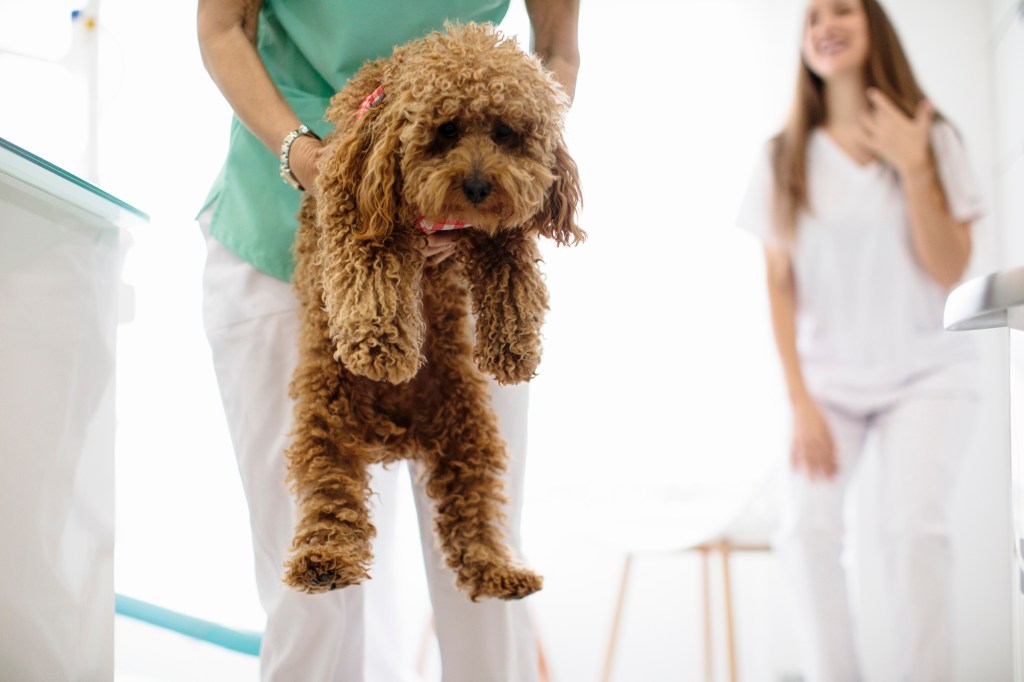Degenerative disc disease in dogs is a medical condition that causes spinal pain. Subsequently, the disorder can cause dogs to become reluctant to move around.
Technically, the condition is caused by problems with a pup’s spinal discs. Generally, symptoms including pain and swelling can occur. Unfortunately, certain dog breeds seem to be predisposed to the condition. For example, Cocker Spaniels, Poodles, and Dachshunds all suffer from the disease more than usual.
If you see signs that your dog might be suffering from degenerative disc disease, then you must consult your veterinarian for a proper diagnosis and course of treatment. Here’s what you should know about the symptoms, causes, and treatments of degenerative disc disease in dogs.
Symptoms of degenerative disc disease in dogs
The condition in dogs can result in a range of symptoms. Generally, a dog’s movement is affected.
Specifically, some of the most common symptoms include:
- Limping
- Neck pain
- Shying away from being picked up
- Back pain
- Bladder problems
- Panting
- Acting clumsy
- Hunched back
Causes of degenerative disc disease in dogs

The cause of the condition is a problem with a dog’s spinal discs. Technically, these discs are a sort of tissue that’s found between the bones of a canine’s spine.
Generally, when a dog’s spinal discs degenerate, they cannot provide any cushioning between the spine bones. For instance, this can cause pain and swelling and subsequent mobility issues for a dog. Additionally, certain breeds of dog seem to suffer from the disorder more than usual. For example, some of those breeds include:
- Dachshund
- Poodle
- Cocker Spaniel
- German Shepherd
- Doberman Pinscher
- Lhasa Apso
- Pekinese
Treatments for the condition in dogs
If you think that your dog might be developing degenerative disc disease, your veterinarian will want to carry out a full physical examination of your dog. Special attention will be paid to your pup’s back and neck. Additionally, your vet will ask about your dog’s full medical history. This will include any breed-specific problems.
Generally, treatment focuses on managing your dog’s symptoms. For example, anti-inflammatory medication can be prescribed for early cases of the disease. Additionally, physical therapy can help the condition. Your vet will recommend an appropriate physical therapist for your dog’s needs.
However, sometimes surgery is needed to treat severe cases of the condition. Technically, this process removes parts of a spinal disc. In turn, this reduces the pressure on a dog’s spinal cord.











